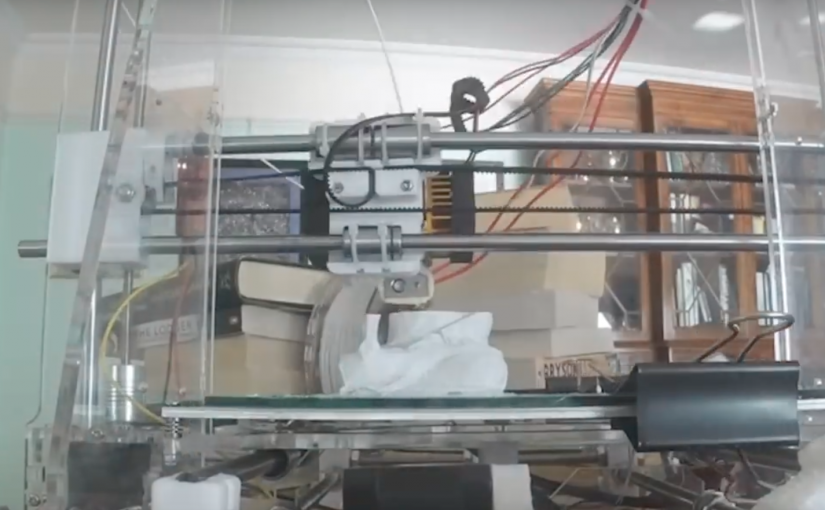Over the past year, I have needed to deploy Ruby on Rails applications to the cloud, and I have tried a few methods.
- Capistrano
This cool system and is fairly interesting, but not the most modern technique it creates files called cap files which then can be used to deploy the app over SSH. However the main issue being scaling, since it only deploys to one location it means auto scaling becomes difficult. - Heroku
Heroku is a PaaS system, meaning you don’t have to deal with server configuration, the application runs inside a specially configured docker container. In terms of ease of use Heroku scores very highly, Heroku makes it very easy to deploy an Application to production. However it being a platform you pay a premium for the ease of use. - Docker
This methods seems the most hands on but it grants the most options, and probably the most modern.
My recommendation is to create a deployment docker file, which can build the file from a Git repository. Then its your choice if you use something like kubernetes, or Docker Swarm to create other containers with the app running. - Dokku
Dokku is an interesting project. The program uses docker containers in the backend and configures them. So in a way you can host your own PaaS system, it requires some configuration, however It can lead to a very effective PaaS System.
In the end, the type of deployment you do depends on the requirements of the project.
